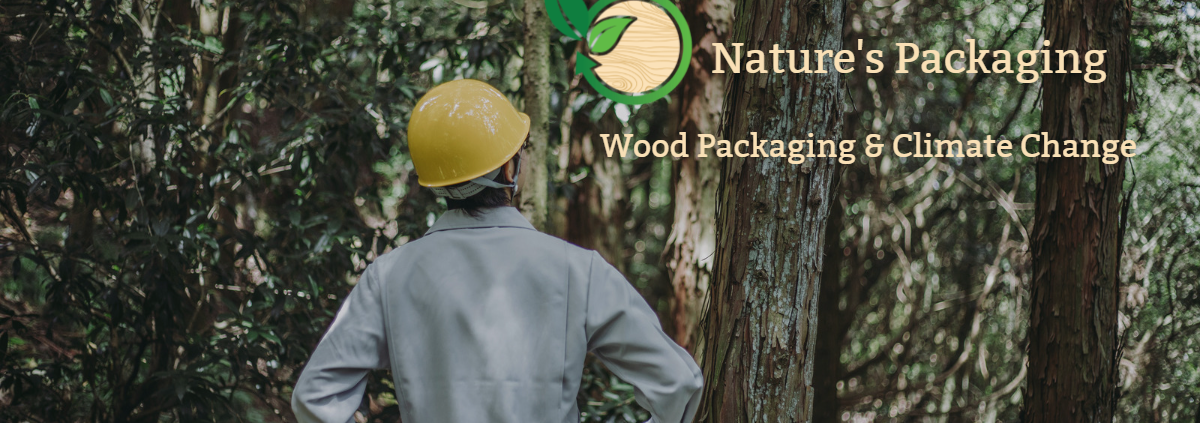The Climate Friendly Choice: How Wood Packaging Positively Impacts Climate Change
The fight against climate change is an enormous challenge that demands actions from all sectors of society. One key area of focus is the packaging industry, which traditionally leans heavily on non-renewable materials. Switching to more sustainable alternatives such as wood packaging can significantly help mitigate the environmental impact. In this Nature’s Packaging article, we delve into how this is possible.
Renewable, Biodegradable and Carbon-Neutral
Renewable Source
Wood is a renewable resource. With responsible forestry practices, trees used for wood packaging can be replanted and regrown. The European Confederation of Woodworking Industries, for example, demonstrates that European forests, which provide a significant source of wood packaging material, have been growing by over 6,000 square kilometers annually, equivalent to 1.5 million soccer pitches.
Biodegradability
Unlike plastic and other petroleum-based packaging materials, wood is biodegradable. It naturally decomposes and returns to the environment without leaving microplastics or other harmful residues. A study published in Nature shows that plastic waste in landfills and the natural environment can take hundreds to thousands of years to decompose.
Carbon Sequestration
One of the most powerful climate benefits of wood is its ability to store carbon. Trees absorb carbon dioxide (CO2) from the atmosphere as they grow, storing carbon in their biomass. This carbon remains locked within the wood, even when it’s used for packaging, effectively acting as a carbon sink. According to the American Forest Foundation, each cubic meter of wood can store approximately one ton of CO2.
The Lifecycle Impact of Wood Packaging
Low Carbon Footprint Manufacturing
The process of manufacturing wood packaging generally requires less energy and produces fewer greenhouse gas emissions compared to alternatives like plastic or aluminum. A lifecycle analysis study by the Northern Forest Center highlights that the carbon footprint of wood products is significantly less than its counterparts.
Reusability and Recycling
Wood packaging products, such as crates or pallets, can be reused multiple times before their end of life, reducing the need for new material production. Once unusable, they can be recycled into other wood products or used for biomass energy, reducing the amount of waste that goes to landfill. The National Wooden Pallet and Container Association reveals that 95% of wooden pallets are being recycled.
Conclusion
As businesses and consumers become more environmentally conscious, the demand for sustainable packaging alternatives grows. Wood packaging, with its renewable, biodegradable, and carbon-sequestering properties, presents a tangible solution to help combat climate change. From sourcing to end-of-life, the environmental impact of wood packaging remains significantly lower than that of traditional, non-renewable alternatives.
The shift to wood packaging is not merely a corporate or industry-level decision; it’s a collective step forward towards a sustainable and climate-resilient future.



